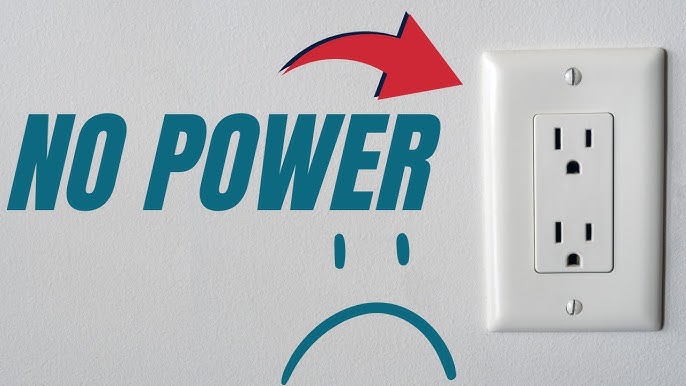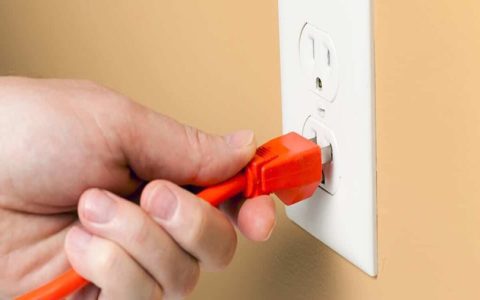When an outlet has no power, follow these steps to diagnose and potentially resolve the issue safely.
Initial Checks & Resets
- Circuit Breakers/Fuses: At your electrical panel, check for tripped breakers (often in the "off" or a middle position). To reset, push the breaker switch firmly to the full "off" position, then back to the "on" position. If you have a fuse box, inspect for any blown fuses (characterized by a broken filament or discolored glass) and replace them with a fuse of the exact same amperage and type. Note: If a circuit breaker trips repeatedly, or a fuse blows again shortly after replacement, this indicates a more significant underlying electrical problem that requires professional diagnosis.
- GFCI Outlets: A tripped Ground Fault Circuit Interrupter (GFCI) outlet can cut power to other standard outlets connected on the same circuit. GFCI outlets, identifiable by their "TEST" and "RESET" buttons, are commonly installed in areas prone to moisture like kitchens, bathrooms, garages, basements, and outdoor locations. Locate any GFCI outlets that might be on the same circuit as the non-functional one (often nearby or in one of the aforementioned areas). Press the "TEST" button (it should click, and the "RESET" button might pop out), then firmly press the "RESET" button. If this restores power to the dead outlet, the GFCI was the issue.
Outlet Inspection (Extreme Caution Advised)
Safety First: Before attempting any inspection or work on an electrical outlet, you must absolutely ensure the circuit breaker supplying power to that specific outlet is switched to the "OFF" position in your electrical panel. Verify power is off using a voltage tester if available. If you are unsure about any step or uncomfortable with electrical work, do not proceed.
- Visual Examination: With the power confirmed off, carefully examine the outlet for any visible signs of damage, such as cracks in the casing, burn marks, discoloration (especially around the slots), or a smell of burnt plastic.
- Wiring Check (For Qualified Individuals Only): If you are experienced and comfortable with electrical work, after ensuring the power is completely off, you can remove the outlet's faceplate. Gently check if the wires are securely fastened to the terminal screws on the outlet. Loose wire connections are a common cause of outlet failure and can pose a fire hazard. If wires are loose, they may need to be re-secured or the outlet replaced.
When to Call a Professional Electrician
It is crucial to contact a qualified and licensed electrician if:

- A circuit breaker trips repeatedly, or a fuse blows frequently.
- You suspect loose wiring or damage within the walls, and you are not comfortable or qualified to inspect or repair it safely.
- The cause of the power loss remains unidentified after performing the basic checks and resets mentioned above.
- You observe any signs of burning, melting around the outlet or in the electrical panel, or smell a persistent electrical or burning odor.
- Multiple outlets or entire sections of your lighting system are non-functional, and resetting GFCIs or breakers does not resolve the issue.
- You are uncertain about any aspect of diagnosing or repairing the electrical problem.
`
`
Electrical work can be hazardous if not performed correctly. Always prioritize your safety and consult a professional electrician when in doubt to prevent injury or further damage to your electrical system.










